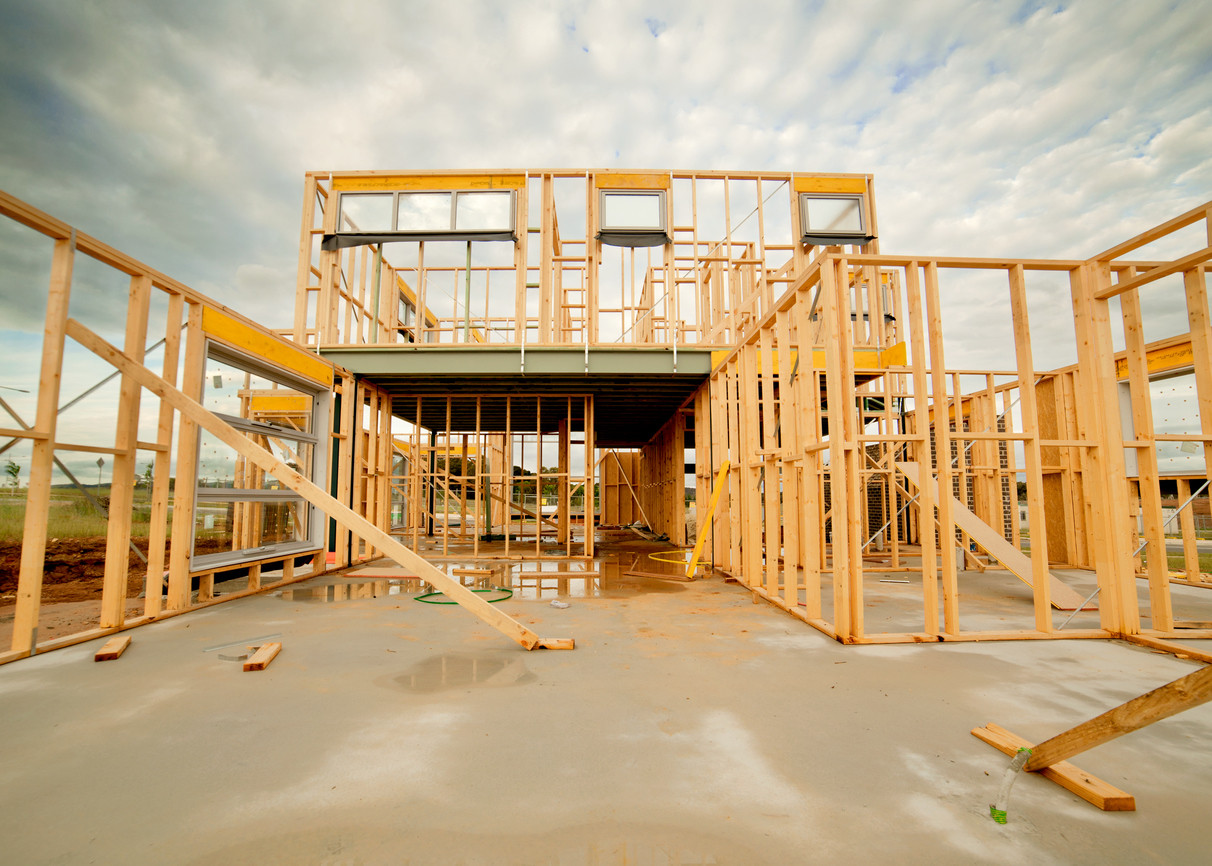 Timber Waterproofing
Timber Waterproofing As building capabilities are evolving, timber’s popularity is set to rise. Particularly with natural wood and engineered timber, such as cross-laminated timber (CLT) and glue-laminated timber (Glulam), now being used to erect far taller structures than in the past. In fact, according to a forecast by Allied Market Research, the engineered wood market is projected to grow by 24.8% by 2022.
Timber is sustainable, cost-effective, and easy to install. However, despite the material having been in use since Tudor times, when it comes to waterproofing timber installations – it remains a complicated task.
There are increasingly stringent building regulations around the need for moisture movement to be strictly controlled, and these considerations are getting tighter due to potentially costly repercussions should waterproofing issues occur further down the line.
With this in mind, it’s essential with timber construction that decision-making on waterproofing is integrated with the design process.
When it comes to the possible approaches for the waterproofing of timber and steel frame foundations or sub-structures, there is much uniformity due to their similarities. We often find the initial choice for both lies in whether the damp proof barrier should sit above the concrete slab or beneath it.
Below the slab
Generally for below the slab there are two options. For pile bearing raft slabs, or where clay heave is anticipated, RIW Structureseal is our recommended solution. The membrane forms a mechanical bond with the concrete slab ensuring that, should any ground settlement occur beneath the membrane, the membrane stays in place.
For conventional ground floor slabs, a loose-laid sheet applied membrane such as RIW DPM Red could be suitable. As a reinforced polyethylene membrane, DPM Red is a cost effective, easy install system. Plus, it can also lap with RIW liquid applied systems to provide a robust and dynamic range of below slab waterproofing details, which can be tailored to suit the construction sequence and preferences of the installing contractor.
Above the slab
The most efficient method of providing an above the slab DPM will always depend on the proposed construction sequence and building materials used. It can often involve a combination of liquid applied waterproofing and self-adhesive membranes, particularly where a timber frame is fixed into the concrete slab.
For this we’d recommend a two-coat membrane, such as RIW Toughseal, to be brush applied up the outside vertical face of the slab, and across the top surface beyond the fixing zone of the timber frame. Securing any frame fixings that penetrate the Toughseal with resin anchors then helps maintain a continuous barrier, before using a self-adhesive waterproofing membrane to terminate the damp proofing above external ground level.
Decision-making for waterproofing timber products continues to be complex yet achievable providing the correct knowledge is utilised. As with any project, when offering waterproofing solutions for timber constructions, we provided advice and guidance to the project delivery team to help influence aspects of the build sequence or the form of the structure.
If you’re looking for technical advice on the best timber waterproofing solutions to suit your project, give our technical sales team a call on 01753 944200.
 By Rajan Aggarwal, Technical Co-Ordinator at RIW Ltd
By Rajan Aggarwal, Technical Co-Ordinator at RIW Ltd



